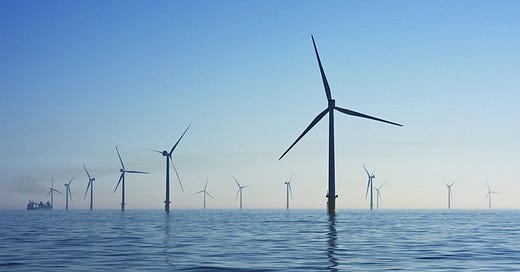Memia 2022.12: 🇺🇦✊// permacrisis🧿// not-so-super-EMP?💥// gigabight💨// pair programming in 2022🧑💻🤖// 1 billion proofs of human?👁️// smartclothes👕// memetic lexicon🧠
$1,000 to successfully inject advertisements into her dreams
Kia ora,
Welcome to Memia, your regular scan across emerging tech and the future as it’s unfolding. As always, thanks for reading!
Reminder: iPhone users can take a read of this week’s edition in the new Substack iOS App:
Keep reading with a 7-day free trial
Subscribe to Memia to keep reading this post and get 7 days of free access to the full post archives.





